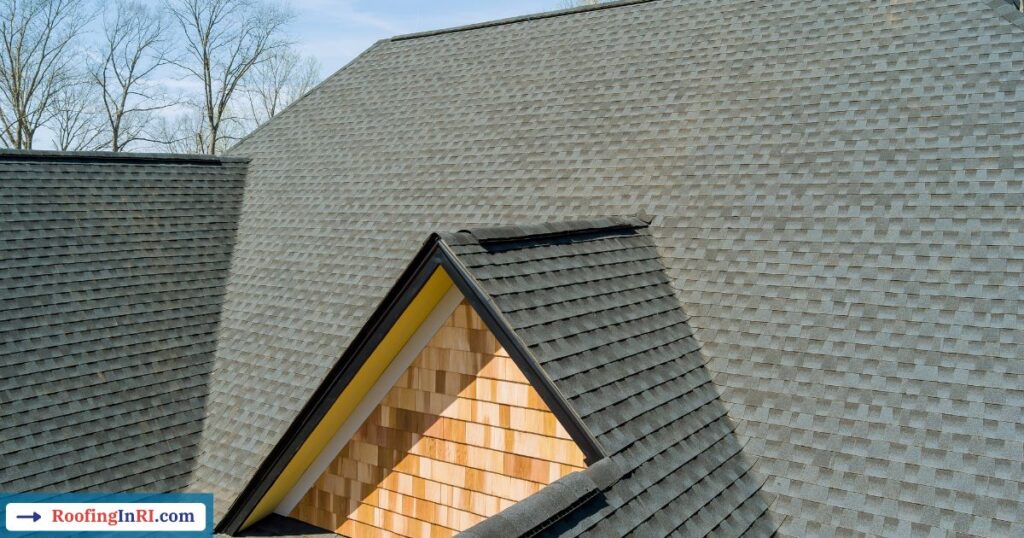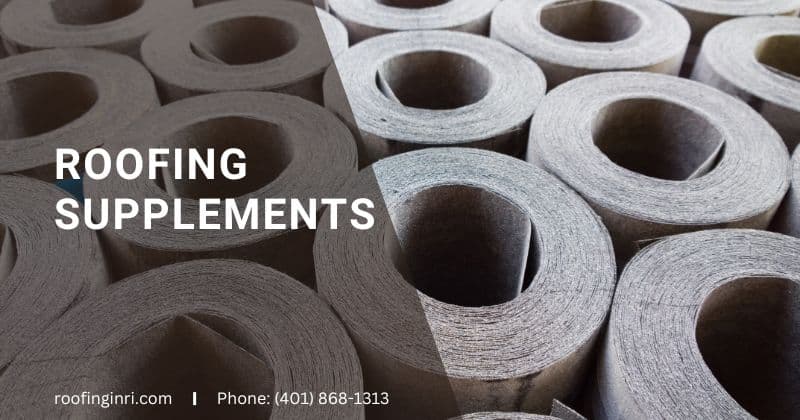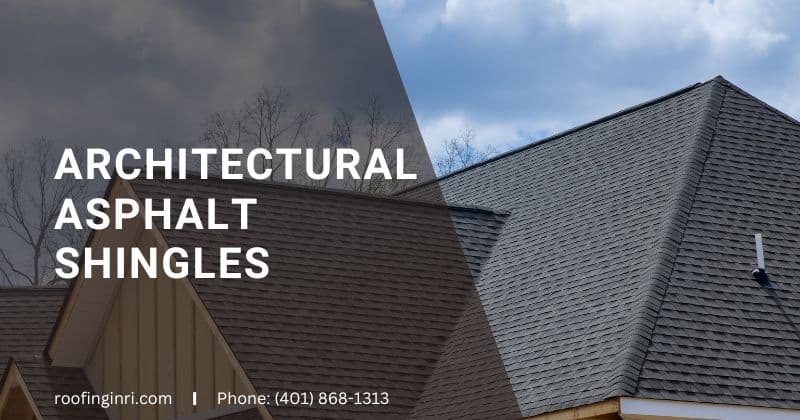You need to choose the right type of roofing materials at the beginning, and you cannot change your decision down the road or once the roof is up. In the same vein, it’s also important to understand the ratings or classes, especially if you’re considering shingles.
Your location plays a vital role in the selection process. Regions like Rhode Island face severe weather patterns, such as heavy snowfall and occasional hurricanes. If you also live in a place like this, you need a durable and weather-resistant solution.
In this post, I will briefly discuss class 3 and 4 shingles, their differences, advantages, etc., to help you make an informed decision and avoid regret in the future.
What are class 3 and class 4 shingles?
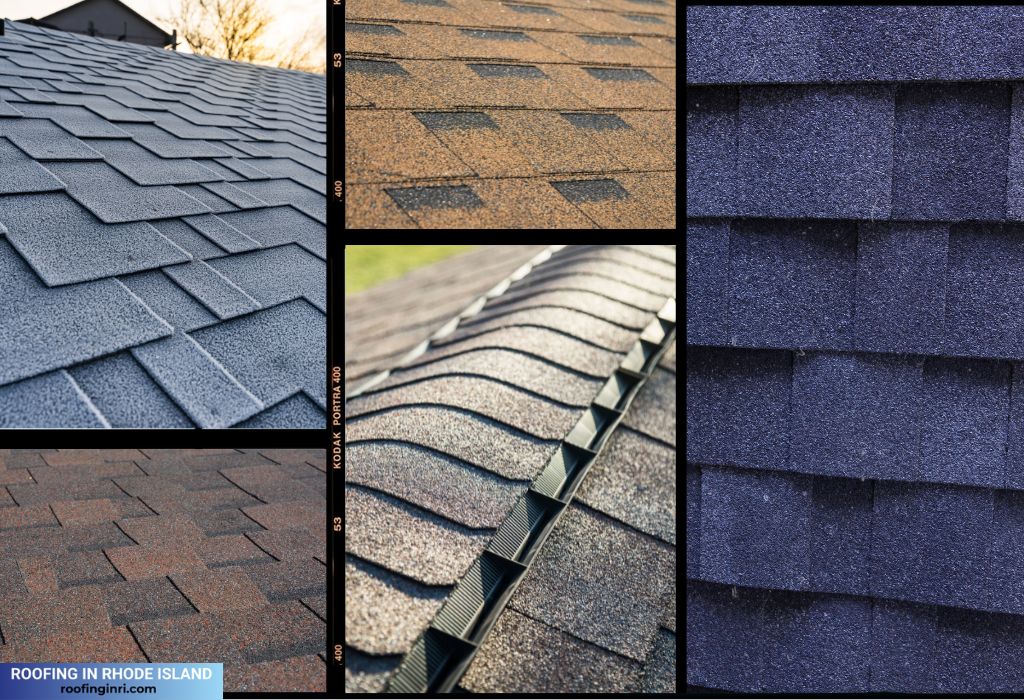
Roof shingles are rated by their impact resistance according to the UL 2218 standard. This rating system ranges from class 1 to class 4, with class 4 being the highest.
- Class 3 shingles: Provide moderate resistance to impacts such as hail or falling debris. They can withstand a 1.75-inch steel ball dropped from 20 feet without cracking.
- Class 4 shingles: Offer the highest level of impact resistance, enduring a 2-inch steel ball dropped from 20 feet without damage.
Both shingles are designed to provide excellent protection, but class 4 shingles stand out for their enhanced durability and performance.
Read also: How much does a metal roof cost vs. Asphalt shingles?
Weather challenges in Rhode Island and some other regions
Rhode Island homeowners face diverse weather conditions, including:
- Hurricanes and strong winds: These can cause flying debris to impact your roof.
- Heavy snowfall: The weight and melting cycles can strain less durable shingles.
- Hailstorms: Although less common, hail can still occur and damage weaker roofing materials.
Given these challenges, selecting shingles that offer impact resistance and long-term durability is essential.
Read also: Most common roofing problems in Rhode Island.
Key differences between class 3 and class 4 shingles
| Feature | Class 3 shingles | Class 4 shingles |
|---|---|---|
| Impact Resistance | Moderate; withstands smaller impacts | High; withstands larger, more severe impacts |
| Durability | Good for mild weather | Superior for extreme weather |
| Cost | Lower upfront cost | Higher upfront cost, but long-term savings |
| Insurance Benefits | May qualify for discounts in some cases | Often eligible for significant discounts |
| Lifespan | 20-30 years (average) | 30-50 years (average) |
Benefits of class 4 shingles
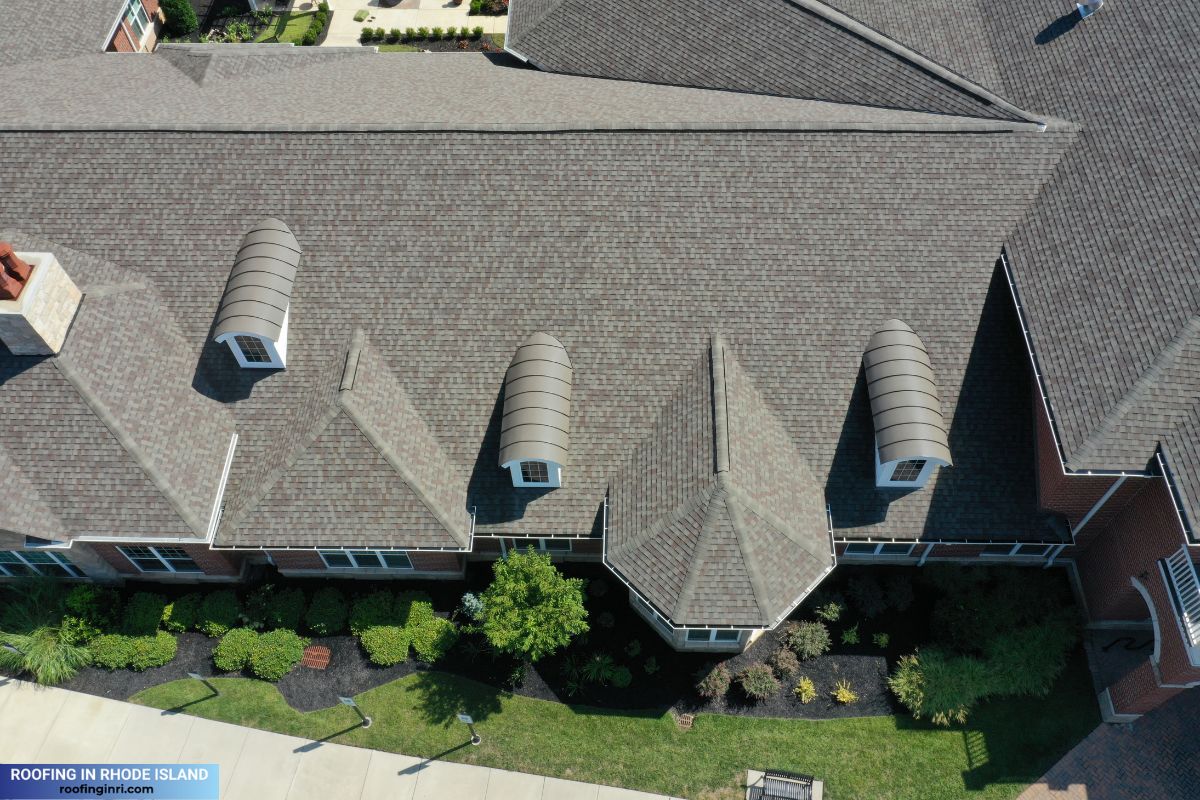
Class 4 shingles are a premium roofing solution, offering:
- Better protection: Superior resistance to hail, wind, and debris.
- Insurance savings: Many insurers provide discounts for class 4 roofs due to their durability.
- Longer lifespan: Designed to withstand extreme conditions, reducing the need for repairs or replacements.
- Energy efficiency: Advanced materials may improve energy efficiency, lowering heating and cooling costs.
Read also: Energy-efficient roofs: What they are & what to look for?
Considerations for Rhode Island homeowners
- Climate Resilience: Rhode Island’s climate calls for durable roofing materials. class 4 shingles provide better resistance to the state’s severe weather events.
- Aesthetics: Both class 3 and class 4 shingles come in various styles and colors, ensuring you don’t have to compromise on curb appeal.
- Installation Costs: Professional installation for class 4 shingles can cost more, but choosing experienced contractors ensures the roof performs as intended.
Read also: What are alternatives to replacing your shingle roof?
Assess Your Budget: If you can afford the higher upfront cost, class 4 shingles are a wise investment.
Evaluate Weather Risks: For areas prone to extreme weather, class 4 shingles are the better choice.
Consult Your Insurance Provider: Check for premium discounts for installing class 4 shingles.
Class 3 shingles can be a cost-effective option for homeowners in areas with milder weather. If your roof is already shielded from the elements by surrounding trees or you’re on a tight budget, class 3 shingles may suffice.
For Rhode Island homes exposed to unpredictable weather, class 4 shingles are an excellent choice. While they cost more upfront (approximately $1.50 to $2.50 more per square foot than class 3 shingles), their longevity and performance justify the price. Additionally, reduced insurance premiums and fewer repair costs contribute to long-term savings.
The average cost difference anywhere between 20-30%.
→Class 3 shingles cost around $80 to $120 per square (100 square feet).
→Class 4 shingles cost around $120 to $200 per square, depending on the brand and material.
This price difference reflects the added benefits, such as potential insurance discounts and better performance in hail-prone areas.
No, there is no class 5 shingle. The highest impact resistance rating for shingles is Class 4, as defined by the Underwriters Laboratories (UL 2218) testing standard. Class 4 shingles are designed to withstand the most severe impact conditions, such as hailstorms.
UL 2218 is a testing standard created by Underwriters Laboratories (UL) to evaluate the impact resistance of roofing materials, particularly in protecting against hail damage. Here’s what it means:
→Purpose: UL 2218 tests roofing products to determine their ability to withstand impacts without cracking, splitting, or showing significant damage.
→Testing Method: A steel ball of varying sizes (simulating hailstones) is dropped from different heights onto roofing materials. The material is inspected for damage after each impact.
→Class Ratings: The roofing material is then rated based on its performance, from Class 1 (least resistant) to Class 4 (most resistant).
Class 1: Minimal impact resistance.
Class 4: High impact resistance, suitable for areas prone to severe hailstorms.
Insurance Benefits: Materials with Class 4 ratings may qualify homeowners for insurance discounts due to their durability and reduced likelihood of claims.
In summary, UL 2218 ensures that roofing materials are tested and certified for durability against potential impacts, helping homeowners make informed choices.
Choosing between class 3 and class 4 shingles depends on your budget, location, and long-term goals. While class 3 shingles offer decent protection at a lower cost, class 4 shingles provide unparalleled durability, making them ideal for Rhode Island’s harsh weather conditions.
For personalized advice and professional installation, contact your trusted local roofing experts to ensure your home stays safe and secure year-round. If your property is located in Rhode Island, you can contact us for any roofing help (including replacement financing).

